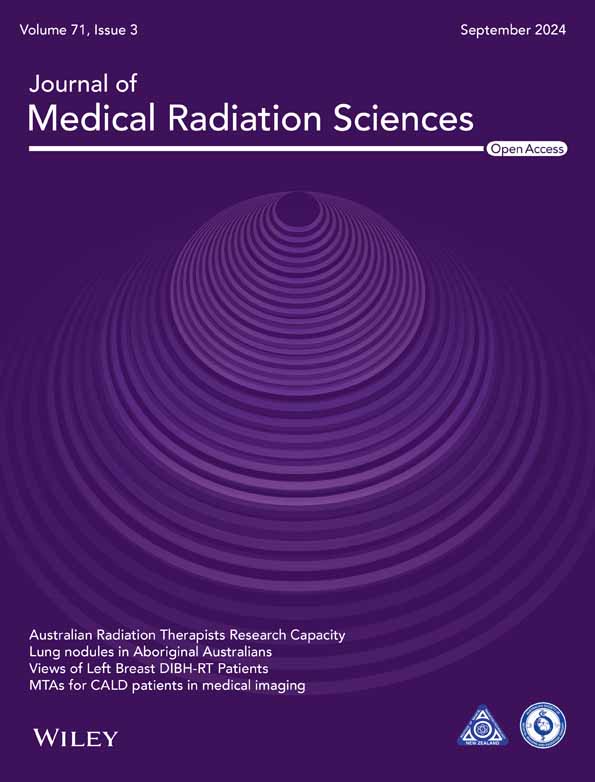Exploring the use of mobile translation applications for culturally and linguistically diverse patients during medical imaging examinations in Australia – a systematic review
Abstract
Australian healthcare provides services to a vast culturally and linguistically diverse (CALD) population. Professional interpreters are the gold standard for medical interpretation during healthcare interactions with CALD patients with limited English proficiency (LEP). However, accessing interpretation services can be difficult and may not be appropriate when timely translation is needed. Mobile translation applications (MTAs) have been suggested as a way for healthcare workers (HCWs) to provide timely translation when engaging with CALD patients. This systematic review aimed to investigate the potential for MTAs to be used in Australian medical imaging (MI) departments to enhance communication and safety for CALD patients and HCWs. Enablers and limitations of MTAs were appraised for use in MI and important design considerations suggested. Results found that MTAs may enhance communication between CALD patients and MI professionals and uphold safety by more accurately performing procedure matching and healthcare assessments. MTAs also offer readily available translation during out of hours care, emergency scenarios and everyday care. However, reliability of free-input translation and patient confidentiality were flagged as important limitations of MTAs that need to be addressed should a safe MTA be designed for MI purposes. MTAs also need to be designed with consideration for CALD patients who have low literacy levels and mental impairment. Devices should be installed close to the point of care to enable MI professionals to easily retrieve and use the MTA. MTAs used in this way can potentially improve care of CALD patients in MI when professional interpreters are absent.
Open Research
Data Availability Statement
Data sharing not applicable to this article as no datasets were generated or analysed during the current study.




